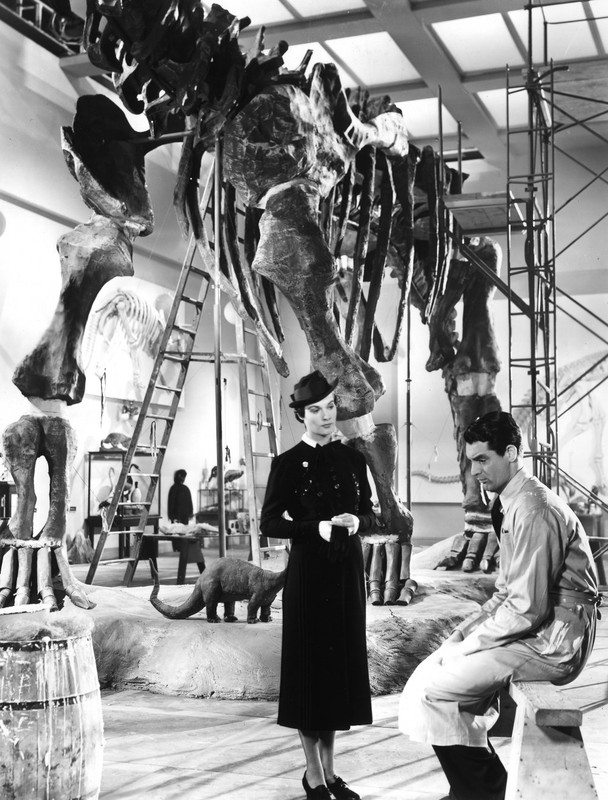The first signpost you see coming off the ferry at Port Ellen on Islay has only two words on it; it points right to ARDBEG and left to BOWMORE. Brilliant, I thought; a road sign that is made up of 100 per cent of distillery names; a proclamation that you are on a Island where making of whisky is absolutely integral to the place itself, where directions are defined by drink!
The reason I've taken to them so much is, I suppose, that Islay whiskies are just generally bursting with flavour. Actually, make that bursting with flavours, plural. I came to the realisation many years ago that I like big, strong, even aggressive tastes: cheddars so sharp they make your eyes water, curries in general, though preferably fairly hot, Thai meals, garlic-heavy Middle-Eastern mezes, Chilli-saturated Mexican dishes, hugely fruity Ozzie wines and thumpingly, almost aggressively flavoured whiskies (for the record things I don't like are: Brussels sprouts, marzipan, cherries and Amaretto. Plus one other category of foodstuff that we'll come to later...it's a bit embarrassing).
Distinguishing between different styles of Islays, the most obvious micro area lies in the south, on the shore stretch of coast - extravagantly frayed, wildly indented, profusely hummocked ad multifariously cragged - facing south east towards the Mull of Kintyre.
The three south coasters look out to the long arm of the sea that is the ? well, to be honest I'm not sure. Even after scrutinising my dad's old Admiralty charts I can't decide whether it's a sort of out-pouching of the Irish sea, part of the Atlantic or the start of the sound of Jura. Anyway it's deepish water, and can be wild in a winter storm. Small islands - more like jagged scatters of rock - pierce the water offshore and the distilleries look sort of nestled into the broken folds of the sea -facing, land, as if they've squatted there amongst the boulders, lochans and trees and then sort of wriggled about to get themselves hunkered down and comfortable.
They look elegant. They have whitewashed walls, black roofs and black detailing, pagodas standing proud, clipped lawns ad a general air of discreet pride. Handily, all of themhave their names in VERY LARGE LETTERS painted in black on their tallest seaward walls, so if you take photo from the right angle you never need to scratch your head and mutter, Well, I think it looks like Laphroaig, but maybe it's Ardbeg ...
Given its remote and wild situation it seems almost odd that Bunnahabhain produces what is in some ways the lightest, least dramatic Islay whisky; it's still quite oily and salty while being moderately sherry-sweet and has a hint of peat, but it's a mellow drink compared to the others, and also compared to its dramatic, throw-down setting. I feel I'm kind of damning it with faint praise here, but it's actually a very fine malt, and if all the Islays were as ferociously heavy hitting as Laphroaig, brandishing their peat, smoke and iodine in your face, the island would lose a great deal; Bunnahabhain is more the strong, silent type, and none the worse for that. Quite a lot of it goes into Black Bottle, making it perhaps the best reasonably- priced blend on the market, certainly for Islay lovers.
Extracts from Raw Spirit by Iain Banks published by Century; The Random House Group Limited http://www.randomhouse.co.uk/
Hey, buy the book. I read it last year while being driven around Skye in search of something resembling August weather and it certainly coloured my whisky purchasing on the island and en route back to the land of the semi-free.
http://www.scotlandwhisky.com/355124/355418
Most of the photos are from http://www.islay.org.uk/index.php?x=browse&category=2









No comments:
Post a Comment